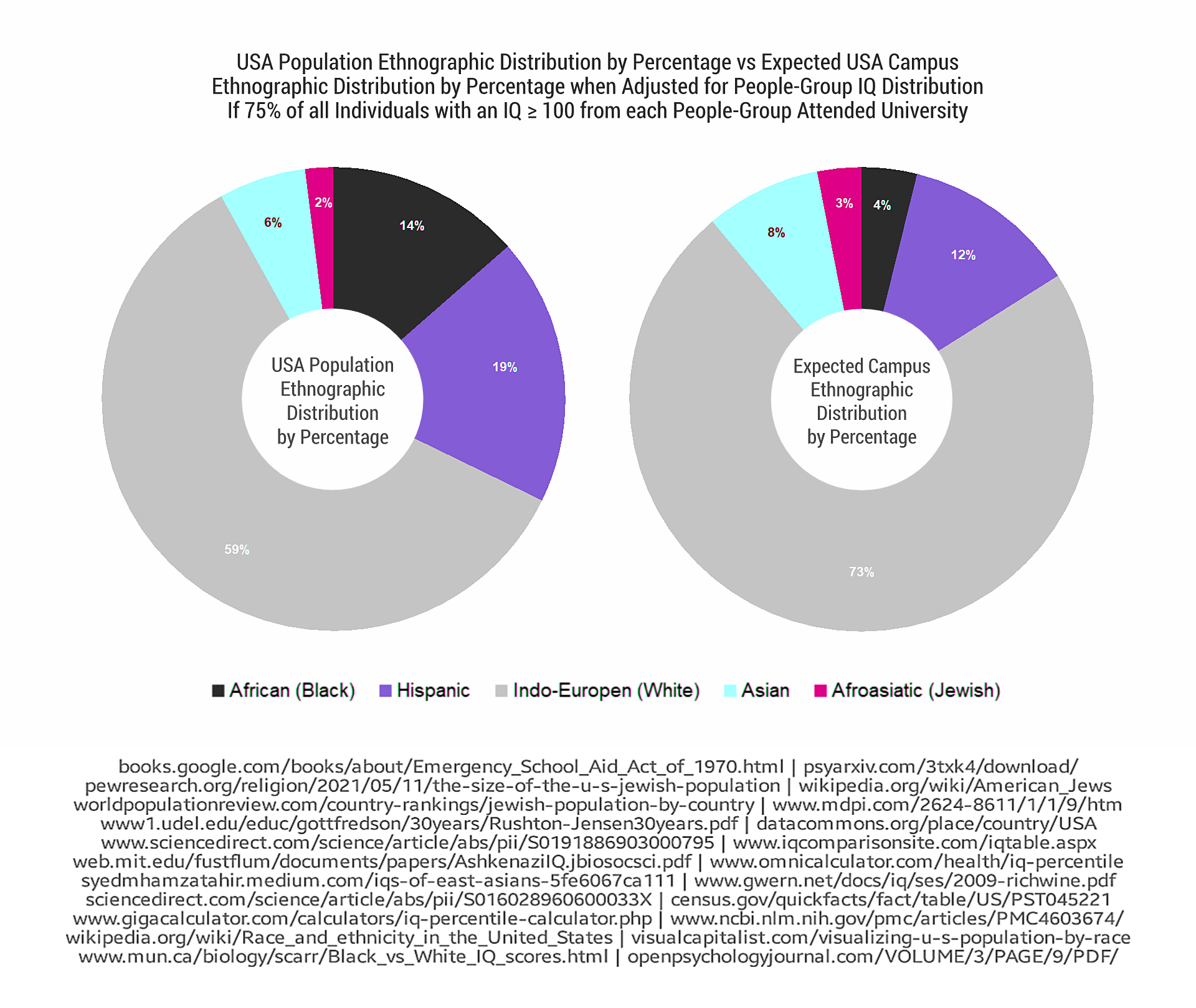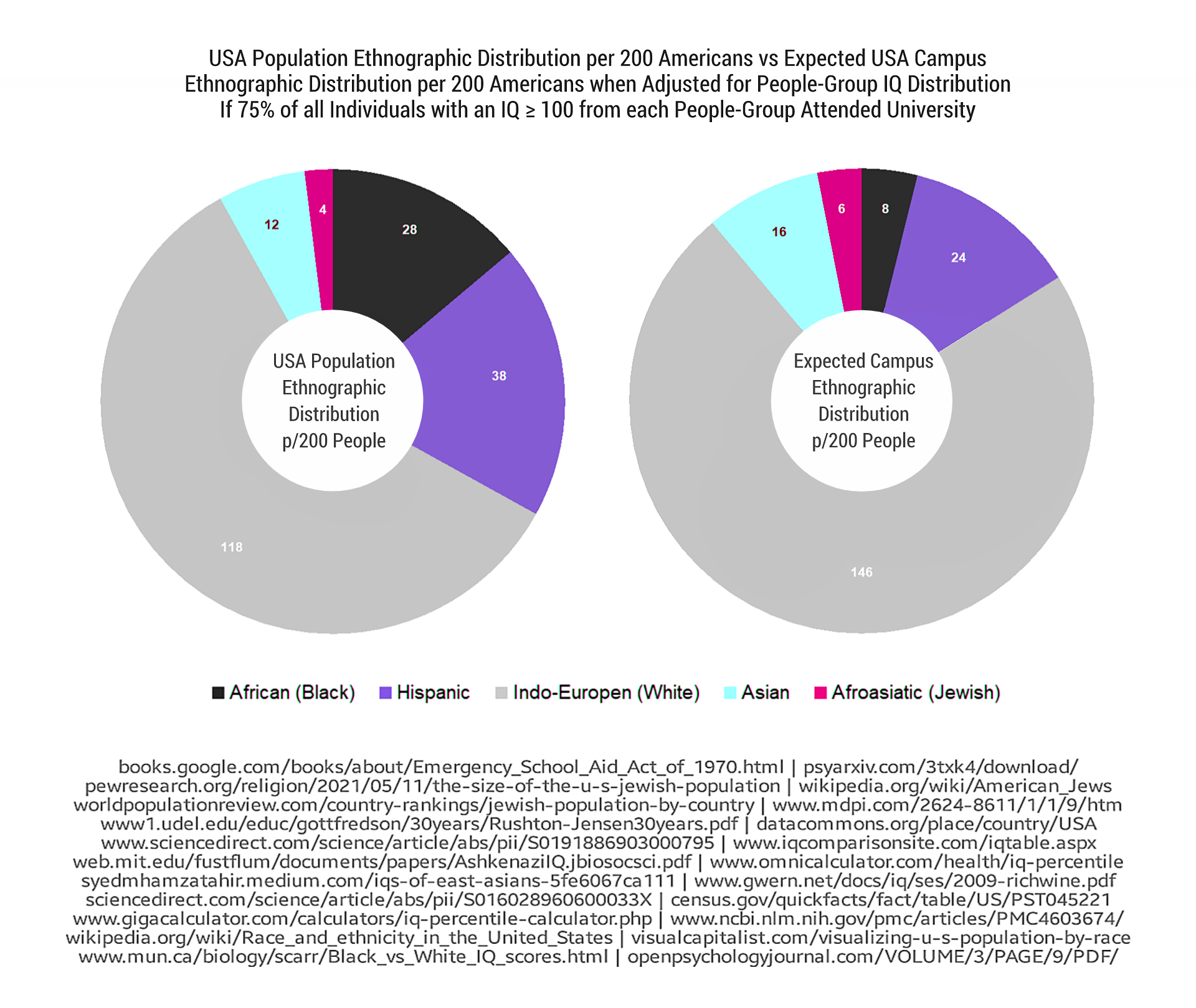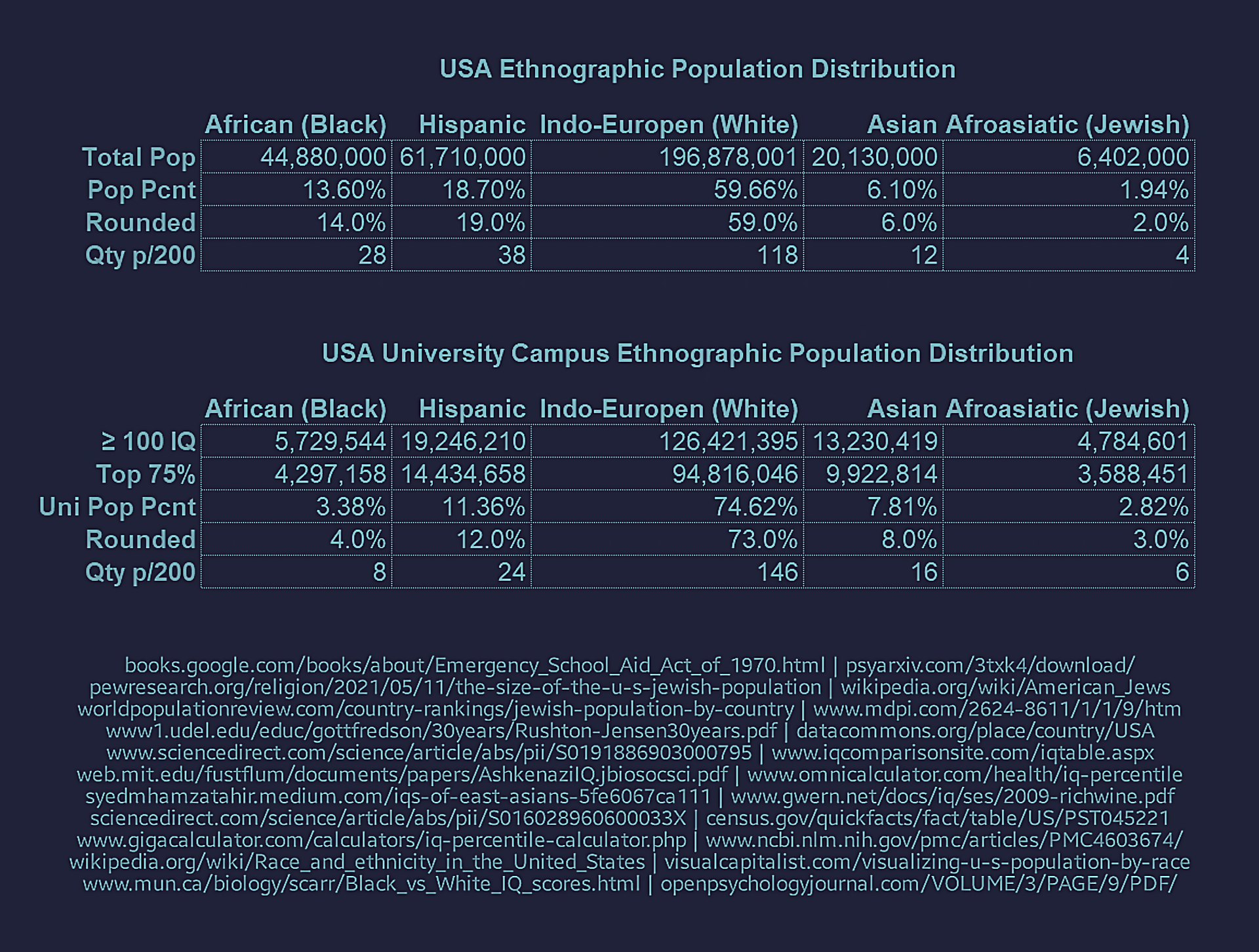This post provides a brief introduction to the current form of #capitalism: #neoliberalism. It includes sections on: neoliberal #ideology; Governmentality – how neoliberalism governs, neoliberal government policies; how neoliberalism is a capitalist class project of domination; the history of neoliberalism in the twentieth century; and the three phase of neoliberalism in government since the 1980s.
Neoliberalism is a form of capitalism and #liberalism. Neoliberalism is the most aggressive form of liberalism ever formulated.
They achieve this by using the state and corporate power to make us act in that way, regardless of what most people want
it is important to differentiate between capitalism and neoliberalism because they are not the same thing – they are not the same KIND of thing. Capitalism is an #economic practice. Neoliberalism is a philosophy about how societies in which that practice prevails should be managed, and a programme which is at least nominally informed that #philosophy, or looks like it is
Indeed, neoliberal decision-makers function as expert designers of an attractive ideological container for their market-friendly political agenda.
#Meritocracy is a key feature of neoliberal ideology. This promotes a “hierarchical and highly unequal set of social relations while claiming to offer individuals from all backgrounds an equal chance to compete for elite status.
Rather than operating along more traditional lines of pursuing the public good (rather than profits) by enhancing civil society and social justice, neoliberals call for the employment of governmental technologies that are taken from the world of business and commerce
A key function of neoliberal ideology is to “secure consent and generate political inertia precisely by enabling the experience of #precarity and individualised impotence to be experienced as normal and inevitable.





